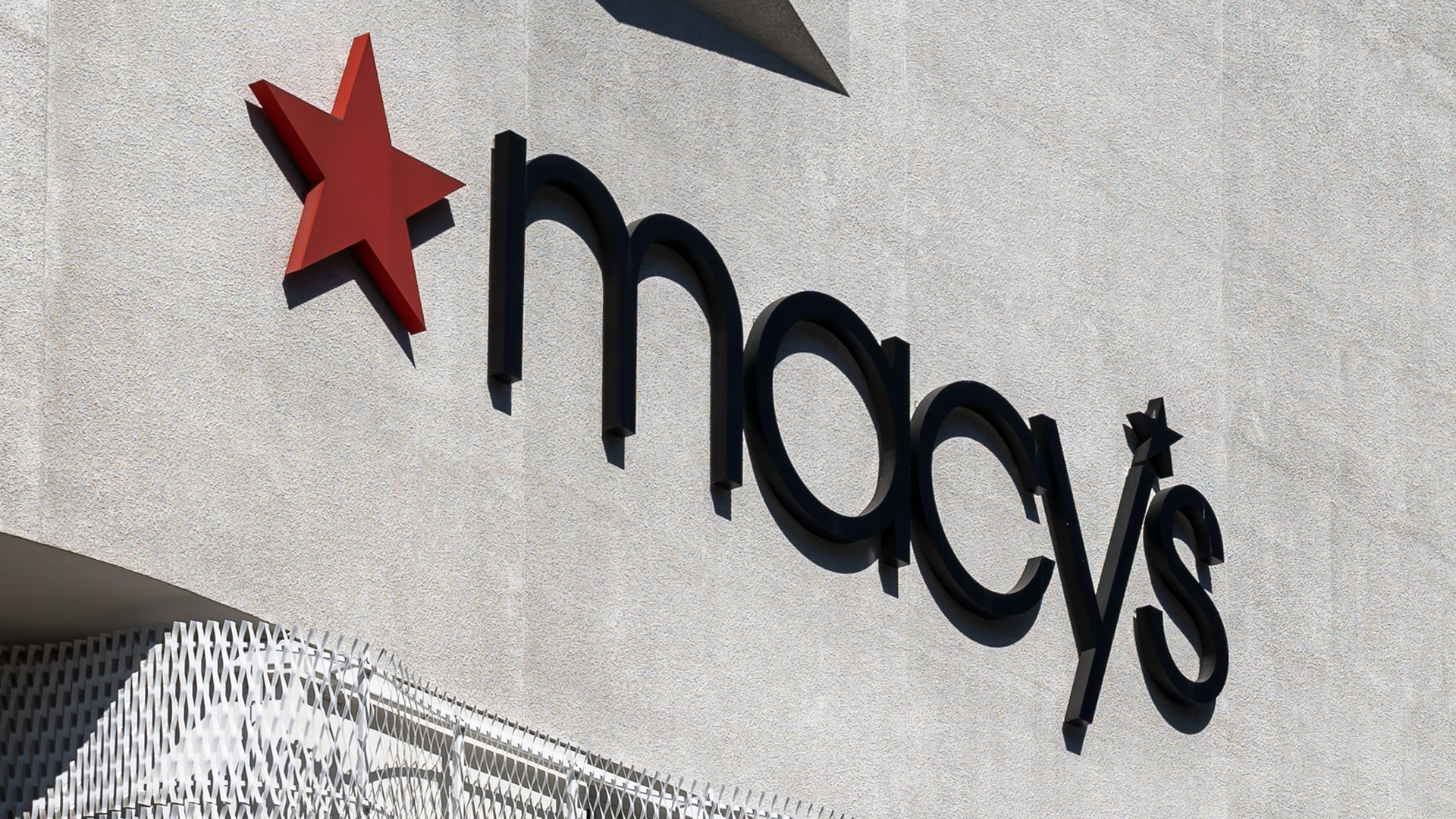Macy's, the largest department store chain in the United States, has posted a second-quarter loss that highlights a discrepancy with the recent positive earnings and profit margin increases reported by other retail giants like Walmart. While Walmart and discount chains such as TJX Cos and Ross Stores celebrated short-term successes, Macy's loss underscores the prevailing challenges in much of the US retail sector.
The retail behemoth attributed its loss to a combination of factors, including weak consumer demand and a decline in tourism, particularly in New York. The company's heavy reliance on discounts, coupled with increased spending on advertising and promotions to clear excess spring and early summer inventory, impacted its bottom line.
Despite this, the disappointing sales performance by Macy's stands in contrast to the overall optimistic trend seen in US retail sales, exemplified by July's 0.7% increase.
For the quarter ending July 29, Macy's reported a statutory loss of $22 million, a significant drop from the $275 million reported in the same quarter the previous year when both the company and US consumers were emerging from pandemic-related lockdowns. The retailer, however, reported an "adjusted net earnings" of $71 million, accounting for losses and write-downs.
Net sales totaled $5.1 billion, reflecting an 8.4% decline from $5.6 billion in the second quarter of 2022. Brick-and-mortar sales saw an 8% decrease compared to the same quarter the previous year, while digital sales experienced a 10% drop. Macy's also reported a 7.3% decrease in comparable sales.
In contrast to Walmart's optimistic outlook (which raised its guidance for the remainder of the year), Macy's offered a less positive perspective.
"Given ongoing macroeconomic pressures and uncertainty regarding their resolution, the company continues to adopt a cautious stance on consumer trends. Despite this, the company reaffirms its annual sales and earnings forecast.
"Exceeding expectations for second-quarter gross margin, SG&A, and interest expense, alongside a reduction in annual credit card revenue and assumed gains from asset sales, are anticipated to offset the downward trend. The annual shortage assumption remains consistent with the previous outlook, maintaining higher levels compared to recent historical trends.
"Aligned with the company's earlier guidance, its earnings projection incorporates the advantage of an additional $200 million in cost savings identified through ongoing expense management, favorably impacting both gross margin and SG&A expenses."
Jeff Gennette, Macy's Chair and CEO, remarked, "In the second quarter, we achieved results that surpassed expectations in terms of both top and bottom-line performance." Gennette acknowledged the continuing uncertainty within the macroeconomic landscape.
While challenges persist, Macy's loss serves as a reminder that the retail landscape remains multifaceted, with companies navigating various factors influencing consumer behavior and economic conditions.














